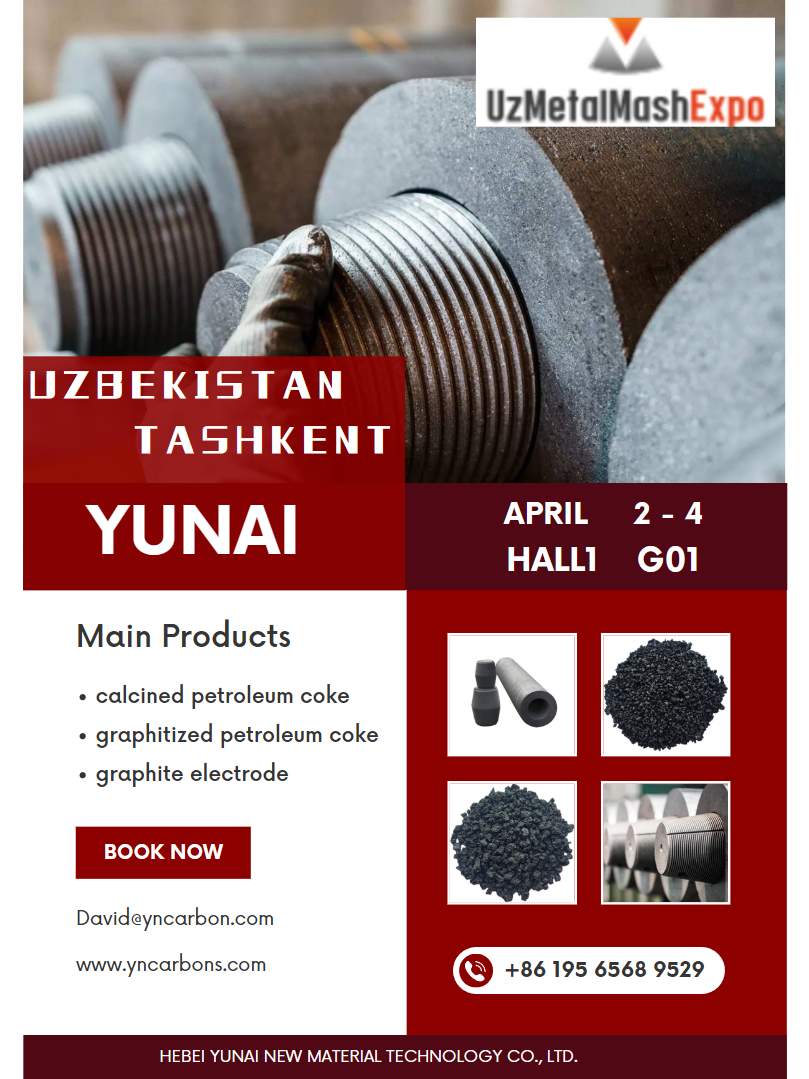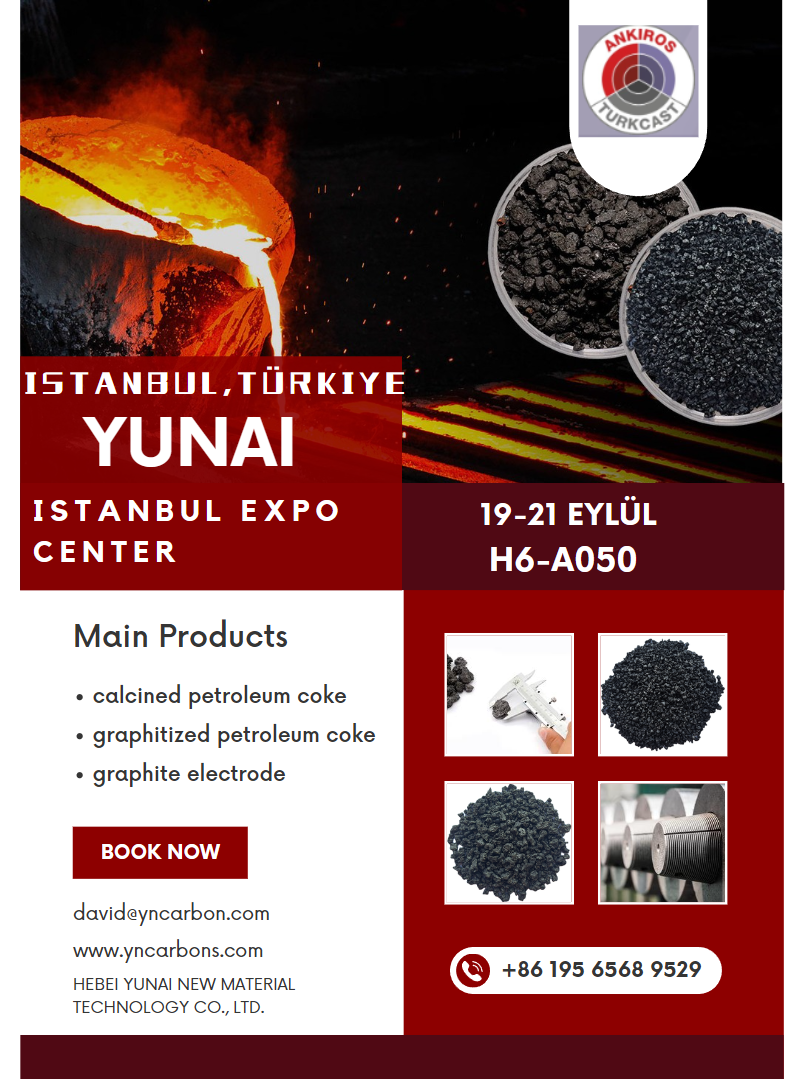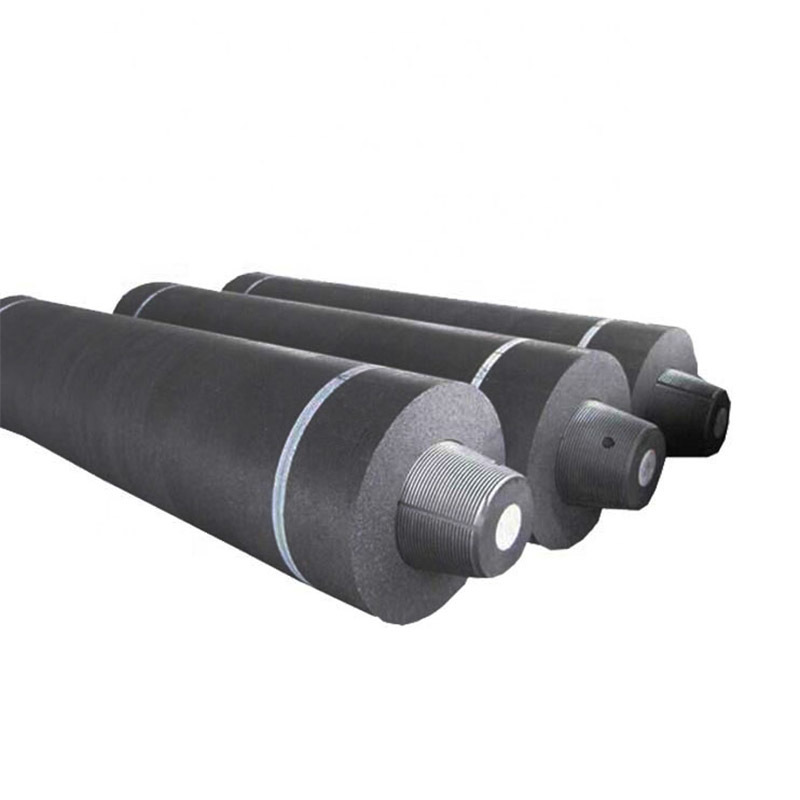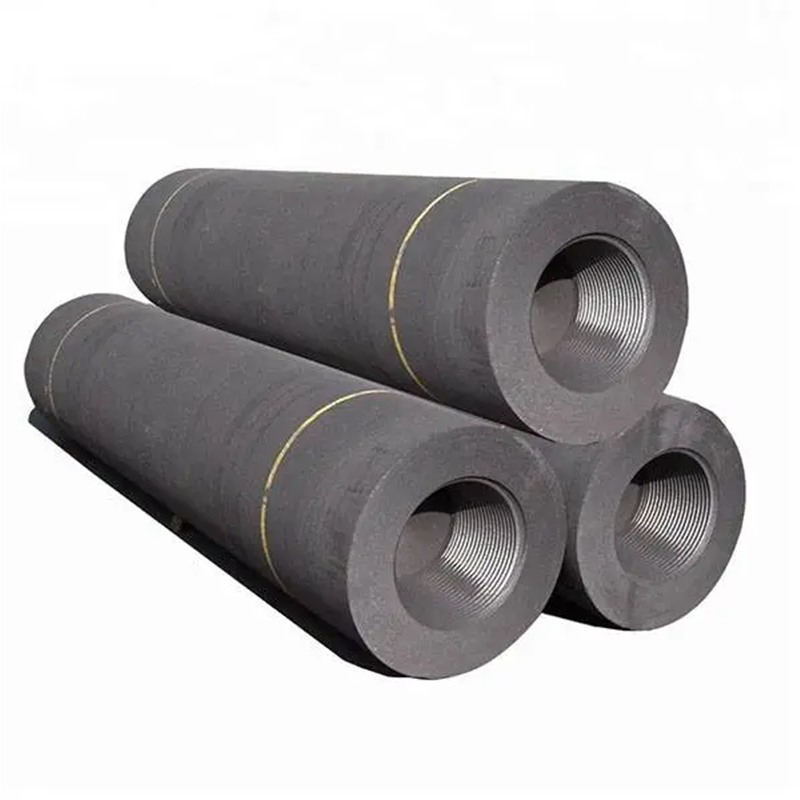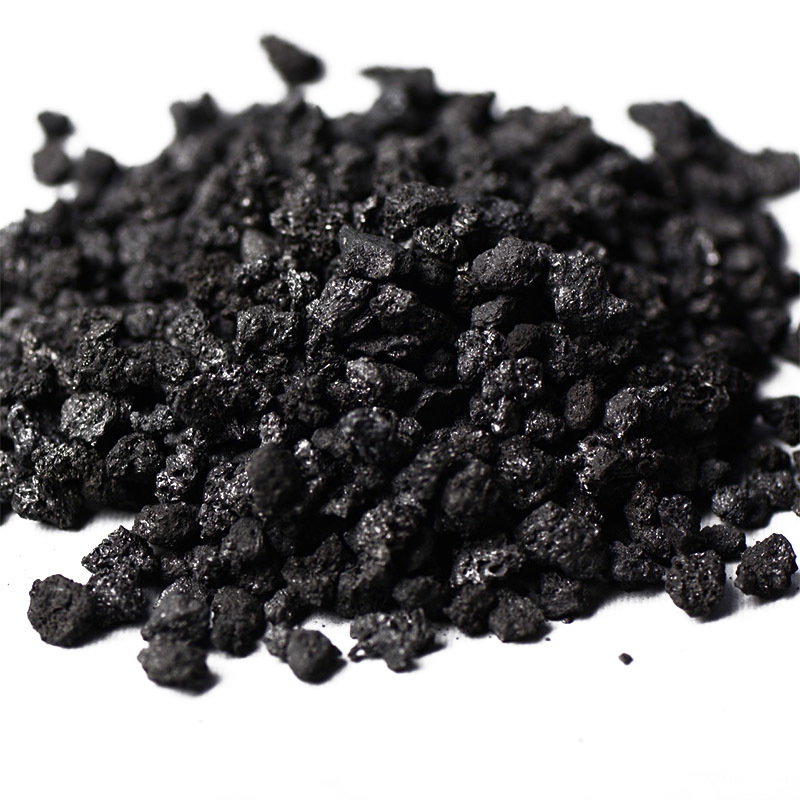The Impact of Graphite Electrode Quality on Metal Production
Release Time:
Apr 23,2025
The Impact of Graphite Electrode Quality on Metal Production Understanding Graphite Electrodes in Metal Production Graphite electrodes play a pivotal role in the electric arc furnace (EAF) process, which significantly contributes to steel and other metal production. They are essential for conducting electricity during the melting of scrap metal, and their performance directly influences efficiency

The Impact of Graphite Electrode Quality on Metal Production
Understanding Graphite Electrodes in Metal Production
Graphite electrodes play a pivotal role in the electric arc furnace (EAF) process, which significantly contributes to steel and other metal production. They are essential for conducting electricity during the melting of scrap metal, and their performance directly influences efficiency and output quality. As we delve deeper into the impact of graphite electrode quality on metal production, it's crucial to understand the underlying mechanisms and characteristics that define high-quality electrodes.
The Role of Graphite Electrodes in Electric Arc Furnaces
Electric arc furnaces utilize graphite electrodes to initiate and maintain high-temperature arcs that melt ferrous and non-ferrous metals. The process is heavily dependent on the conductivity and thermal properties of the electrodes. High-quality graphite electrodes ensure better energy transfer, reduced power consumption, and increased melting efficiency. This translates to both economic benefits and improved metal quality.
Key Characteristics of Quality Graphite Electrodes
To optimize the performance in metal production, the following characteristics of graphite electrodes are essential:
1. Electrical Conductivity
High electrical conductivity is fundamental in minimizing energy losses during the melting process. The purity of graphite and the manufacturing process significantly influence this property.
2. Thermal Stability
Electrodes must withstand extreme temperatures without deforming or degrading. Quality graphite electrodes maintain structural integrity, which aids in consistent performance over time.
3. Resistance to Oxidation
Electrode oxidation can lead to material loss and reduced efficiency. Quality electrodes incorporate additives or coatings that enhance their resistance to oxidation.
4. Mechanical Strength
The physical durability of graphite electrodes impacts their lifespan. High-quality electrodes are designed to withstand mechanical stresses during handling and operation.
The Relationship Between Graphite Electrode Quality and Production Efficiency
The quality of graphite electrodes directly correlates with production efficiency in several ways.
1. Increased Melting Rates
High-quality electrodes enable faster melting rates due to better electrical conductivity. This not only speeds up production but also reduces operational costs, allowing for more metal to be processed in a shorter timeframe.
2. Lower Power Consumption
When electrodes maintain optimal conductivity, the energy required for the melting process decreases. This reduction in power consumption leads to lower operational costs and a more environmentally friendly production process.
3. Enhanced Metal Quality
The purity and consistency in the performance of graphite electrodes contribute to the overall quality of the molten metal. High-quality electrodes minimize contaminants that can affect the final product's properties.
Cost Implications of Graphite Electrode Quality
While investing in high-quality graphite electrodes may involve a higher initial cost, the long-term savings and benefits can be substantial.
1. Reduced Replacement Frequency
High-quality electrodes tend to have a longer lifespan, reducing the frequency of replacements and associated costs.
2. Increased Yield
Improved melting efficiency can lead to higher yields of finished metal products, enhancing profitability.
3. Energy Savings
Lower power consumption leads to significant cost savings over time, offsetting the initial investment in quality electrodes.
Innovations in Graphite Electrode Technology
Advancements in material science and manufacturing technologies have led to the development of superior graphite electrodes. These innovations focus on enhancing the properties discussed earlier.
1. Enhanced Purification Processes
New purification methods ensure that graphite electrodes contain fewer impurities, leading to better electrical and thermal conductivity.
2. Composite Materials
Integrating composite materials with graphite can improve the mechanical strength and thermal properties of electrodes, resulting in better performance in extreme conditions.
3. Coatings and Treatments
The application of specialized coatings can enhance oxidation resistance, extending the lifespan of the electrodes and improving overall efficiency.
Best Practices for Selecting Graphite Electrodes
To maximize the benefits of graphite electrodes in metal production, consider the following best practices:
1. Assess Quality Standards
Ensure that the electrodes meet industry quality standards and specifications, which can vary by application.
2. Partner with Reputable Suppliers
Choose suppliers with a proven track record in providing high-quality graphite electrodes. Their expertise can guide you in making the right selections for your specific needs.
3. Evaluate Performance Data
Regularly analyze performance data and adjust purchases based on historical performance to align with production goals.
Environmental Considerations in Graphite Electrode Production
As sustainability becomes increasingly important in the metallurgical industry, it’s essential to consider the environmental impact of graphite electrode production.
1. Sustainable Sourcing
Opt for electrodes made from sustainably sourced materials to minimize environmental degradation.
2. Waste Management
Implement waste reduction strategies during electrode manufacturing and usage to lessen the ecological footprint.
3. Recycling Opportunities
Explore recycling options for spent electrodes, turning waste into a resource for future production.
Conclusion
The quality of graphite electrodes is a critical factor influencing the efficiency and quality of metal production. By understanding their role and investing in high-quality electrodes, manufacturers can achieve significant benefits, from reduced operational costs to enhanced product quality. The advancements in graphite technology and best practices in selection and usage further underscore the importance of prioritizing electrode quality. As the industry continues to evolve, staying informed about innovations and environmental considerations will be essential for maintaining a competitive edge. Embracing these insights can lead to more efficient, sustainable, and cost-effective metal production processes.
FAQs
1. What are graphite electrodes used for in metal production?
Graphite electrodes are primarily used in electric arc furnaces to conduct electricity and generate the heat required for melting metals.
2. How does the quality of graphite electrodes affect energy consumption?
High-quality graphite electrodes improve electrical conductivity, leading to lower energy consumption during the melting process.
3. What factors should I consider when selecting graphite electrodes?
Consider factors such as electrical conductivity, thermal stability, mechanical strength, and supplier reputation when selecting graphite electrodes.
4. Can the lifespan of graphite electrodes be extended?
Yes, by selecting high-quality electrodes and implementing best practices in usage and care, their lifespan can be significantly extended.
5. What are the environmental impacts of graphite electrode production?
The environmental impacts include resource extraction, manufacturing waste, and the potential for oxidation during use. Sustainable practices can help mitigate these effects.
Keywords:
More information






